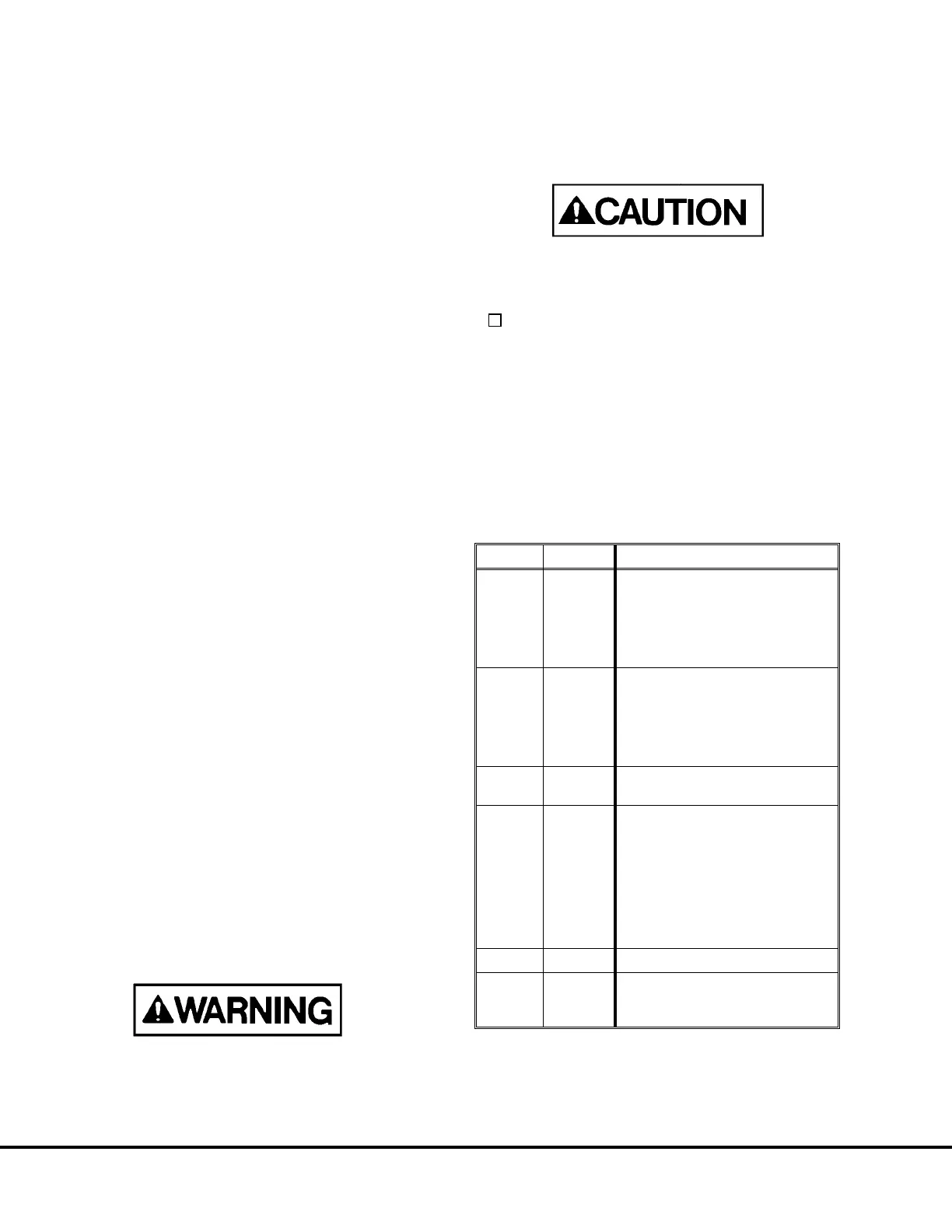Preliminary Checks
1. Check the drive belt tension as follows:
a. Apply 20.9 lbs. (9.5 kg) force at center of belt
span.
b. Belt should deflect 0.50 in. (12.7 mm).
c. Adjust tension if necessary.
2. Insure that an undercharged battery condition has
not been caused by accessories having been left
ON for extended periods.
3. If a battery defect is suspected, check battery as
specified in “Battery - Troubleshooting”.
4. Inspect the wiring for defects. Check all connec-
tions for tightness and cleanliness. Remove and
clean battery cables.
5. If truck is equipped with a battery equalizer sys-
tem, verify proper operation of equalizer and in-
dividual battery voltages. Refer to “Battery
Equalizer”, Section “D”.
Test Setup
1. Discharge batteries sufficiently to insure adequate
loading of alternator when engine is operated
during tests.
2. Open battery disconnect switch. Remove battery
cable from alternator B+ terminal.
Refer to Figure 13-2 for the following steps. Meters
should be installed directly at the alternator as shown
to eliminate variations in readings due to cable lengths
etc. :
3. Install the ammeter (negative lead) to the battery
positive cable removed in step 2. Install the am-
meter positive lead to the alternator B+ terminal.
4. Install a voltmeter between the alternator B+
terminal (positive lead) and the ground terminal
(voltmeter negative lead).
5. Secure all test equipment leads to prevent dam-
age or short circuits when engine is started. Re-
connect battery disconnect switch.
The following tests require working near the
engine when running. Use caution when work-
ing near engine fan, alternator fan and belt.
Test Procedure
1. Start engine, accelerate to high idle and observe
meters.
If voltmeter reading exceeds 30.5 volts, stop en-
gine immediately and refer to Table II.
If batteries are sufficiently discharged, amps
should be “high” (220 amps ±10%) and voltage
should be between 27.2 and 28.8 volts (normal
range) or may be less than 23.7 volts if the
batteries are significantly discharged.
2. As the batteries approach full charge, the amper-
age should fall as voltage rises.
3. When amps and volts readings stabilize, note
readings and refer to Table II to diagnosis system
condition.
AMPS VOLTS DIAGNOSIS
HIGH LOW
Charging system is OK. Batteries are
not yet fully charged. Wait for
charging system to bring to full
charge; amps should decrease and
voltage should stabilize between 27.2
and 28.8 volts.
HIGH NORMAL
Watch until amps decrease or voltage
exceeds 28.8 volts. If amps decrease
and volts remain normal, system is
OK. If voltage exceeds 28.9 volts,
regulator and/or alternator defective.
Go to Static Test.
HIGH HIGH
STOP TEST! Regulator and/or
alternator defective. Go to Static Test.
LOW LOW
1. Recheck voltmeter leads.
If connections are OK, alternator
and/or regulator defective.
2. Perform Regulator Bypass Test
per instructions on following page:
a. If volts and/or amps increase,
alternator is OK but regulator is
defective.
b. If no effect, replace alternator
LOW NORMAL Charging system is OK.
LOW HIGH
STOP TEST! If battery and voltmeter
check is OK, regulator and/or
alternator defective.
TABLE II. TROUBLESHOOTING CHART
M13-4 24VDC Electric Supply System M13002 2/99
with 220 Amp. Niehoff Alternator

